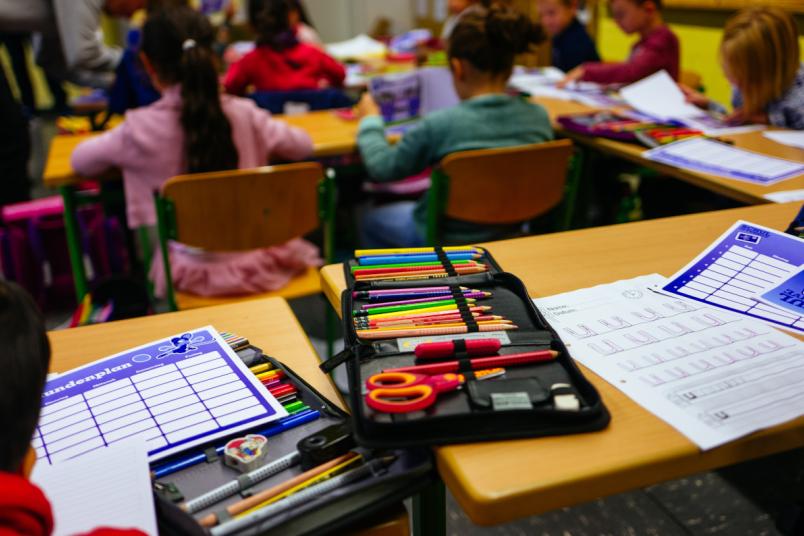
Children of primary school age demonstrate the highest learning performance.
Associative learning
Primary School Children Outperform All Other Age Groups
A learning experiment with participants of different ages produced surprising results.
The ability to make the connection between an event and its consequences – experts use the term associative learning – is a crucial skill for adapting to the environment. It has a huge impact on our mental health. A study by the Mental Health Research and Treatment Center (FBZ) at Ruhr University Bochum, Germany, shows that children of primary school age demonstrate the highest learning performance in this area. The results pave the way for a fresh perspective on associative learning disorders, which are linked to the development of mental illness later in life. The researchers published their findings in the journal Communications Psychology on December 16, 2024.
Adolescents benefit from multiple learning sessions
Until now, it was unclear how associative learning develops over different stages of life. This is why the team headed by Professor Silvia Schneider, Professor of Clinical Child and Adolescent Psychology, and Dr. Carolin Konrad conducted the first systematic study of this ability in infants, children, adolescents and adults. In the study, test participants had to learn to react to a stimulus with a specific response.
The research team was surprised by the results: “We’d initially assumed that associative learning improves continuously with increasing age,” says Dr. Carolin Konrad. In fact, however, there was a clear peak in performance at primary school age: “Children at this age achieved the best results, learned most consistently and showed the least variability in their learning behavior.” Although adults and adolescents learned faster than infants, they didn’t reach the performance level of primary school children. It also emerged that repeated exposure to the learned material plays a crucial role for infants and adolescents. An additional learning session led to an improvement in learning performance in these age groups.
The basis for understanding anomalies in associative learning
Overall, the study shows that associative learning is present across the lifespan, but that the rates and quantities of learning vary. “The systematic analysis of age-typical associative learning during development into adulthood forms the basis for understanding associative learning disorders that underlie the later development of a variety of psychopathologies,” concludes Carolin Konrad.